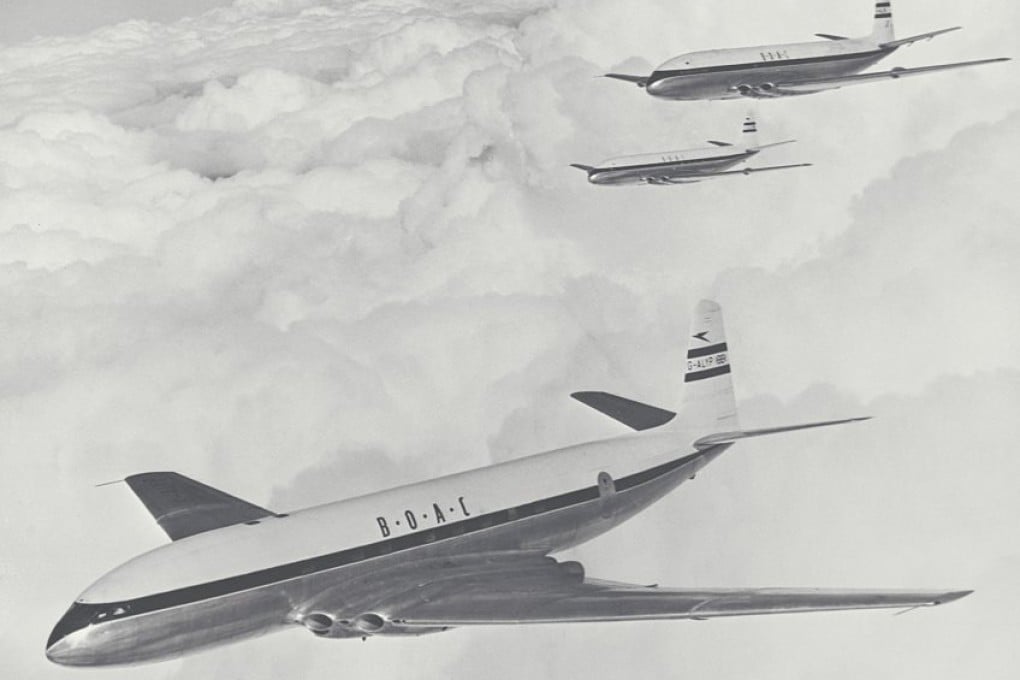Then & Now | Inside Britain and America’s commercial airline race in the 1950s – when stuffy BOAC competed with Pan Am and TWA
Many Boeing B-17 bombers were converted into airliners that transformed international travel, forcing BOAC to fly to Hong Kong via the US, Hawaii and tiny Wake Island

When commercial air services from Britain finally reached Hong Kong in 1936, the journey followed, almost completely, the maritime “All Red Route”. This called into British Empire ports and travelled through (or over) British-ruled territories.
Once continental Europe was cleared, Alexandria, Basra, Karachi, Calcutta, Rangoon, Bangkok and Hong Kong were all integral parts of a week’s up-and-down-and-up-again air journey in an Imperial Airways Sunderland flying boat. Splash-down landings in rivers such as the Tigris, Hooghly, Irrawaddy and Menam and, eventually, Victoria Harbour in Hong Kong were just part of the travel adventure.
Owing to the lengthy transit across dry places and frequent stops in oasis-like desert locations, the tediously long journey with the post-war British Overseas Airways Corporation, or BOAC, was wryly described as one undertaken “Better On a Camel”. Even after the Bristol Britannia, then the fastest British-made piston-driven aircraft, was introduced on the route in 1952, the London-to-Hong Kong passage still took almost 30 hours.

Cheaply available, American-built military-surplus long-range aircraft drove rapid expansion of international air routes in the immediate post-war era, in particular transatlantic and transpacific services. Boeing B-17 Flying Fortresses could be readily converted for civilian passenger-cargo use in much the same way that pre-war German Junkers airliners, then used by Lufthansa and Sino-German joint venture Eurasia, were designed to be swiftly reconfigured into bombers.
Multiple-stop airline tickets were introduced in the 1950s and – as was usual in those energetic post-war years – American enterprise led the way.
Pan American Airways (Pan Am) and Trans World Airlines (TWA) flew all over the world, and were comfortable, reliable and competitively priced. To compete, BOAC launched a service from London to Hong Kong in 1959, which travelled via New York, San Francisco, Honolulu, Wake Island and Tokyo before finally arriving in Hong Kong. An essential refuelling stopover between Honolulu and Japan in the days before longer-range aircraft made the halt technically unnecessary, Wake Island is now mostly forgotten, except as a pre-jet era aviation history footnote, or from its strategic logistical role during the Pacific war.

Pan Am and TWA were also among the first airlines to pair up with high-fashion firms to use their branded products as in-flight amenities. These (in effect) free samples gave many passengers a first taste of otherwise expensive luxury goods. The mere act of flying internationally was then considered a luxurious experience. Air stewardesses were regarded as glamorous, globe-trotting career women, not as glorified waitresses who toiled long, dreadfully unsociable hours and spent most of their working lives half a world away from their homes and families.

